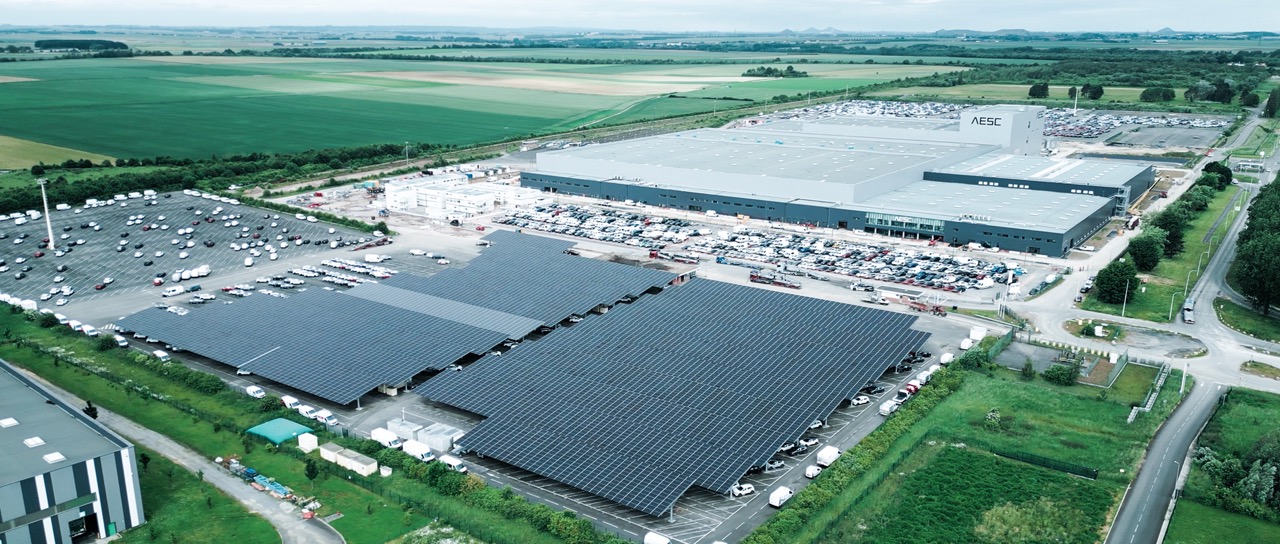Chinese media is reporting that CATL will mass produce lithium manganese iron phosphate (LMFP or LFMP) batteries already this year, on track with the company’s roadmap.
Adding manganese to the popular LFP formula increases the voltage and energy density of the battery cells, without a noticeable cost increase, since manganese is particularly cheap. However, I’m curious to see the impact of the voltage increase on the cycle life.
CATL’s LMFP goals
- Gravimetric energy density: 210-230 Wh/kg
- Volumetric energy density: 450-500 Wh/L
Considering a GCTP (gravimetric cell to pack) ratio of 90 % and a VCTP (volume cell to pack) ratio of 72 % of a module-less CTP battery, at the pack level we can reach 207 Wh/kg and 360 Wh/L.
It seems that most viable improvements to the energy density of the LFP chemistry will be made either by adding silicon to the anode or manganese to the cathode.
Anyway, some battery cell makers such as BYD, Gotion High-Tech, Sunwoda and Eve Energy are also testing LMFP batteries and providing sample units to automakers.
With LFP, LMFP, LNMO and sodium-ion we are starting to have plenty of cobalt-free battery chemistries to power the electric transportation revolution.
More info:
https://www.takomabattery.com/lmfp-industry-special-report-in-2022/









































